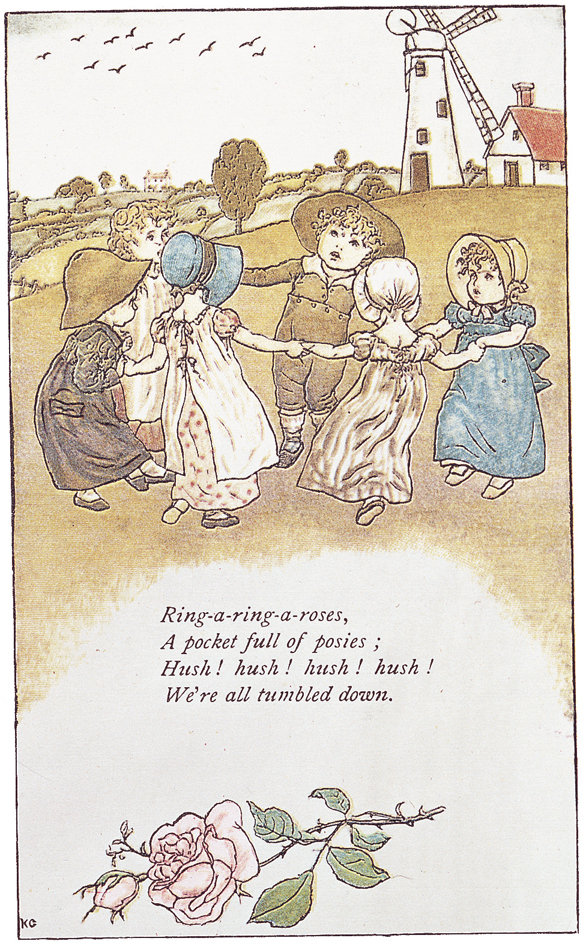Mother Goose is a name that has been associated with children’s literature for hundreds of years. Mother Goose appears as the author of countless collections of tales and rhymes in many languages. However, no one knows if an actual Mother Goose ever existed. Some scholars believe that Mother Goose is based on a real person, but others say that Mother Goose is a fictional character.
Who was Mother Goose?
Scholars who believe Mother Goose actually existed have several theories about her identity. According to one theory, she was the Queen of Sheba, who lived in Biblical times. Others suggest she was Queen Bertha, the mother of the great medieval military leader Charlemagne. Queen Bertha, who died in 783, was nicknamed “Queen Goose-Foot” or “Goose-Footed Bertha.” Some authors have attributed her name to a birth defect, such as webbed fingers or toes.

Another theory proposes that the original Mother Goose was a woman named Elizabeth Goose (or Vergoose or Vertigoose), who lived in colonial Boston. The woman enjoyed entertaining her grandchildren with the songs and rhymes she remembered from her own childhood. Her son-in-law, Thomas Fleet, supposedly collected those songs and rhymes and published them in 1719 as Songs for the Nursery, or Mother Goose’s Melodies. However, no copy of this book has ever been found, and most scholars doubt that the book ever existed. Iona Opie, a leading scholar on the Mother Goose rhymes, rejected the royal ancestry as well as her supposed origin in the New World.
Some Mother Goose books pictured her as an old woman with a crooked nose and large chin, usually telling stories to a group of children. Other editions have pictured Mother Goose as an old woman with a tall hat and a magic wand, riding through the air on the back of a goose.
The history of Mother Goose literature.
Most of the rhymes and verses that appear in Mother Goose books existed long before they were published. Many of them originated in England and were based on folk songs, ballads, street cries, and tavern songs. A number included humorous or satirical verses that were based on real people, events, or customs. These early rhymes were written to entertain adults. Before 1800, the only rhymes that were written for small children were alphabet rhymes, lullabies, and verses that accompanied games.
Mother Goose was popular in France as early as the mid-1600’s, when the name was attached to collections of tales. In 1697, Charles Perrault, a French writer, published a book called Histories or Tales of Past Times, with Morals. An illustration facing the title page of the book had an engraving of an old woman sitting by a fireplace, apparently telling stories to three listeners. A sign on the wall read, “Contes de Ma Mere L’Oye” (“Tales of Mother Goose”). Perrault’s collection popularized eight tales that were known at the time, including “Sleeping Beauty,” “Red Riding Hood,” and “Cinderella.”
Perrault’s book was translated into English by Robert Samber and published in England in 1729. An engraving of an old woman was included in this edition, with a sign on the wall reading “Mother Goose’s Tales.” The name was adopted for the title when the tales were reissued in 1768 by the John Newbery publishing house. The same publishers issued a collection of rhymes in 1781, which they called Mother Goose’s Melody. “Ding Dong, Bell” and “Little Tom Tucker” were among its 51 rhymes. The book also contained 16 songs from plays written by William Shakespeare. Mother Goose’s Melody was reprinted several times in England.
The first Mother Goose book published in America was a reprint of Newbery’s Mother Goose’s Melody, issued by Isaiah Thomas in 1786. The Boston publishing firm of Munroe and Francis published Mother Goose’s Quarto, or Melodies Complete about 1825. It was reprinted in 1833 as The Only True Mother Goose Melodies and consisted of 169 rhymes, including an 11-verse version of “London Bridge.” Since the early 1800’s, the name of Mother Goose has been firmly associated with collections of rhymes.
See also Literature for children and its “Books to read” section; Nursery rhyme; Newbery, John; Perrault, Charles.
